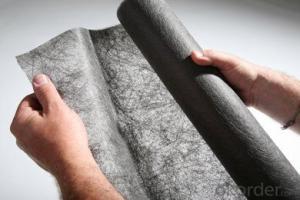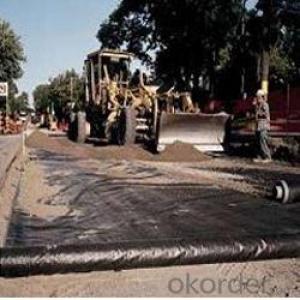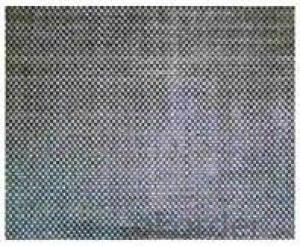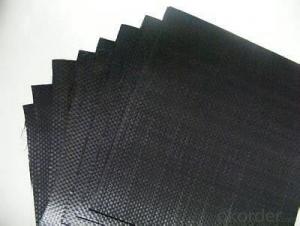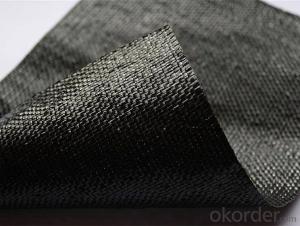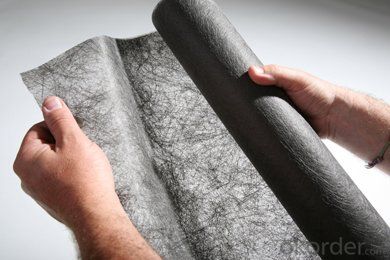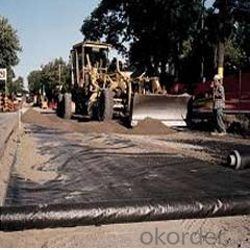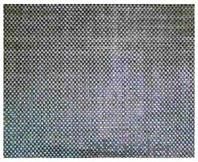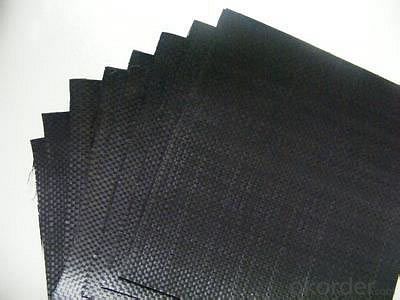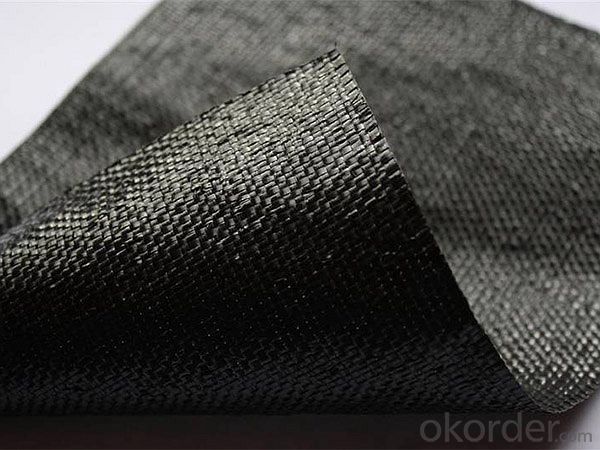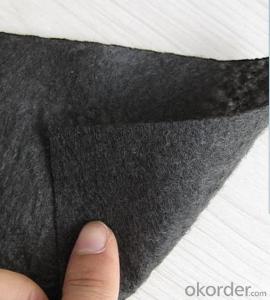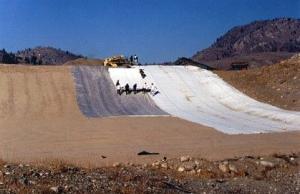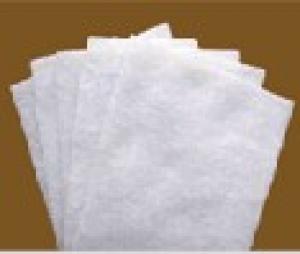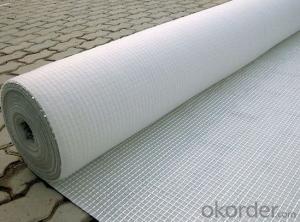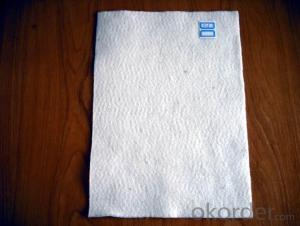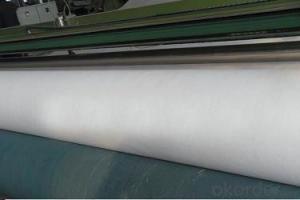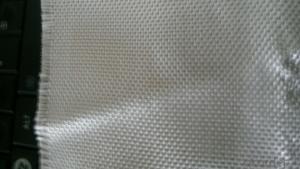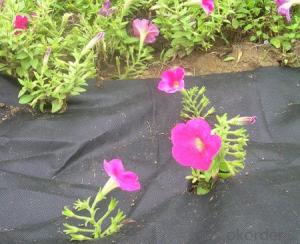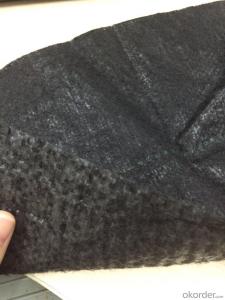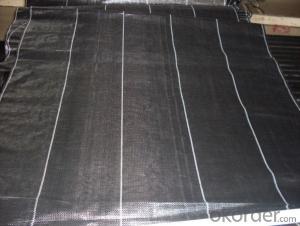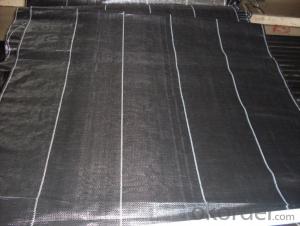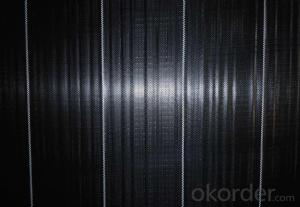Non-Woven Geotextile Membrane Woven Weed Control Weed Guard
- Loading Port:
- China main port
- Payment Terms:
- TT OR LC
- Min Order Qty:
- 1000 g/m²
- Supply Capability:
- 100000 g/m²/month
OKorder Service Pledge
OKorder Financial Service
You Might Also Like
Specification
Geotextiles are made from either polypropylene or polyester and geotextile fabrics come in three basic forms: woven, needle punched (resembling felt), or heat bonded (resembling ironed felt). In Australia the most popular geotextile used is the polyester needle punched fabric, as the polyester is more UV stable than the polypropylene material.
Applications-Geotextile
The Geotextiles are widely used in many civil engineering and industrial applications. Some of Our products are used in various applications:
Geotextile for Landfill
Some of the Geotextile Fabrics we carry are:
Pond Liners
Landfill Liners
Needle punched Non-wovens
Woven Monofilament Fabrics
Soil Stabilization, Reinforcement and Separation products
Non-woven Spun-bonded Landscape Fabrics
Ground Cover Fabric
Inlet Protection Fabric (DOT Spec)
Fuzz-back Fabric
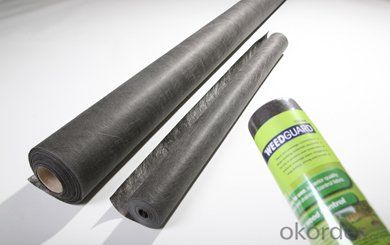
FAQ:
Q: What kind of payments does jenor support?
A: T/T, L/C, Cash are accepted.
Q: Do you charge for the samples?
A: Accordeing to our company policy, the samples are free, we only charge the freight fee. And we will return the freight fee during the next order.
Q: Can you produce according to customers' design?
A: Sure, we are professional manufacturer, OEM and ODM are both welcome.
Q: Do you have other products?
A: Yes, please check the pictures:
- Q: Are geotextiles effective in preventing soil contamination?
- Yes, geotextiles are effective in preventing soil contamination. They act as a protective barrier between the soil and potential contaminants, such as pollutants or invasive species. Geotextiles help to filter and separate different soil layers, preventing the migration of harmful substances and maintaining the integrity of the soil. Additionally, they can aid in soil stabilization and erosion control, further reducing the risk of contamination.
- Q: What are the main functions of geotextiles?
- The main functions of geotextiles include filtration, separation, reinforcement, and drainage in various civil engineering and construction applications.
- Q: Do you need to cover the geotextile?
- Generally less than geotextile, I am specializing in the production of geotechnical materials
- Q: How do geotextiles help with soil separation?
- Geotextiles help with soil separation by creating a barrier between different soil layers, preventing mixing and maintaining their distinct characteristics.
- Q: Geotextile longitudinal and lateral elongation gap is too much how to adjust
- 1. The elongation at break of the geotextile is divided into longitudinal elongation at break and transverse elongation at break. Generally speaking, the elongation at longitudinal and transverse faults is not very different. GB GB / T-2008 standard requirements geotextile longitudinal and lateral elongation between 20% -100% are qualified. 2. Longitudinal transverse fracture elongation gap is too large, you can check the mixing hopper, carding machine is mixed evenly, combing evenly. 3. Acupuncture machine too fast or too high acupuncture may lead to geotextile longitudinal and transverse elongation gap, you can try to debug the speed of the next needle machine. 4. Appropriate to add some industrial oil can enhance the geotextile rupture strength, and elongation at break.
- Q: Can geotextiles be used in canal lining applications?
- Yes, geotextiles can be used in canal lining applications. Geotextiles provide effective erosion control, drainage, and filtration properties, making them suitable for lining canals to prevent soil erosion and improve water flow.
- Q: Geotextile general what materials are produced
- Geotextile, also known as geotextile, it is made of synthetic fiber through acupuncture or woven from the permeability of geosynthetics. Geotextile is a new material geosynthetics which one, the finished product for the cloth, the general width of 4-6 meters, the length of 50-100 meters. Geotextile is divided into a spinning geotextile and non-woven filament geotextile. Geotextile manufacturers, for your answer
- Q: High-speed rail 2-type sliding layer to use two cloth a film, geotextile wool surface close to the concrete, but in the geotextile between the smooth and matte surface there is controversy, both sides of the geotextile is fluffy soft , A smooth side of some hard, hope to understand the master to answer the hairy side is smooth or matte surface? Thank you more
- You do not call geotextile cloth, you called the permeable template cloth, geotextile cloth on both sides of the hair!
- Q: What are the environmental impacts of using geotextiles?
- Geotextiles can have both positive and negative environmental impacts. On the positive side, they can help prevent soil erosion, improve water quality by filtering pollutants, and promote vegetation growth. Additionally, they can reduce the need for chemical treatments and provide a sustainable alternative to traditional construction materials. However, geotextiles are typically made from synthetic materials like polyester or polypropylene, which are derived from non-renewable resources and can release microplastics into the environment. Moreover, the production and disposal of geotextiles can contribute to greenhouse gas emissions and waste generation. Therefore, careful consideration of the environmental trade-offs is necessary when using geotextiles.
- Q: How do geotextiles help in stabilizing slopes for pipeline construction?
- Geotextiles help in stabilizing slopes for pipeline construction by providing reinforcement and erosion control. They are placed on the slope surface to prevent soil erosion and stabilize the soil particles. The geotextiles act as a barrier, allowing water to drain while retaining soil particles, thus reducing the risk of slope failure.
Send your message to us
Non-Woven Geotextile Membrane Woven Weed Control Weed Guard
- Loading Port:
- China main port
- Payment Terms:
- TT OR LC
- Min Order Qty:
- 1000 g/m²
- Supply Capability:
- 100000 g/m²/month
OKorder Service Pledge
OKorder Financial Service
Similar products
Hot products
Hot Searches
Related keywords
